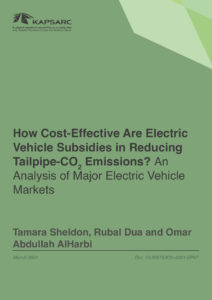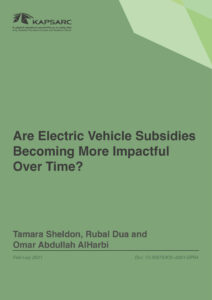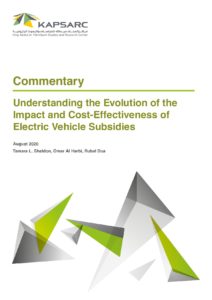
How Cost-Effective Are Electric Vehicle Subsidies in Reducing Tailpipe-CO2 Emissions?
The transportation sector accounts for 24% of global greenhouse gas (GHG) emissions (IEA 2020). Road transport is the most utilized mode because of its convenience (Van Essen 2008). However, it is also the most emissions intensive mode, accounting for 75% of global transport GHG emissions, with roughly 44% coming from road passenger vehicles alone (IEA 2020).
8th June 2021

